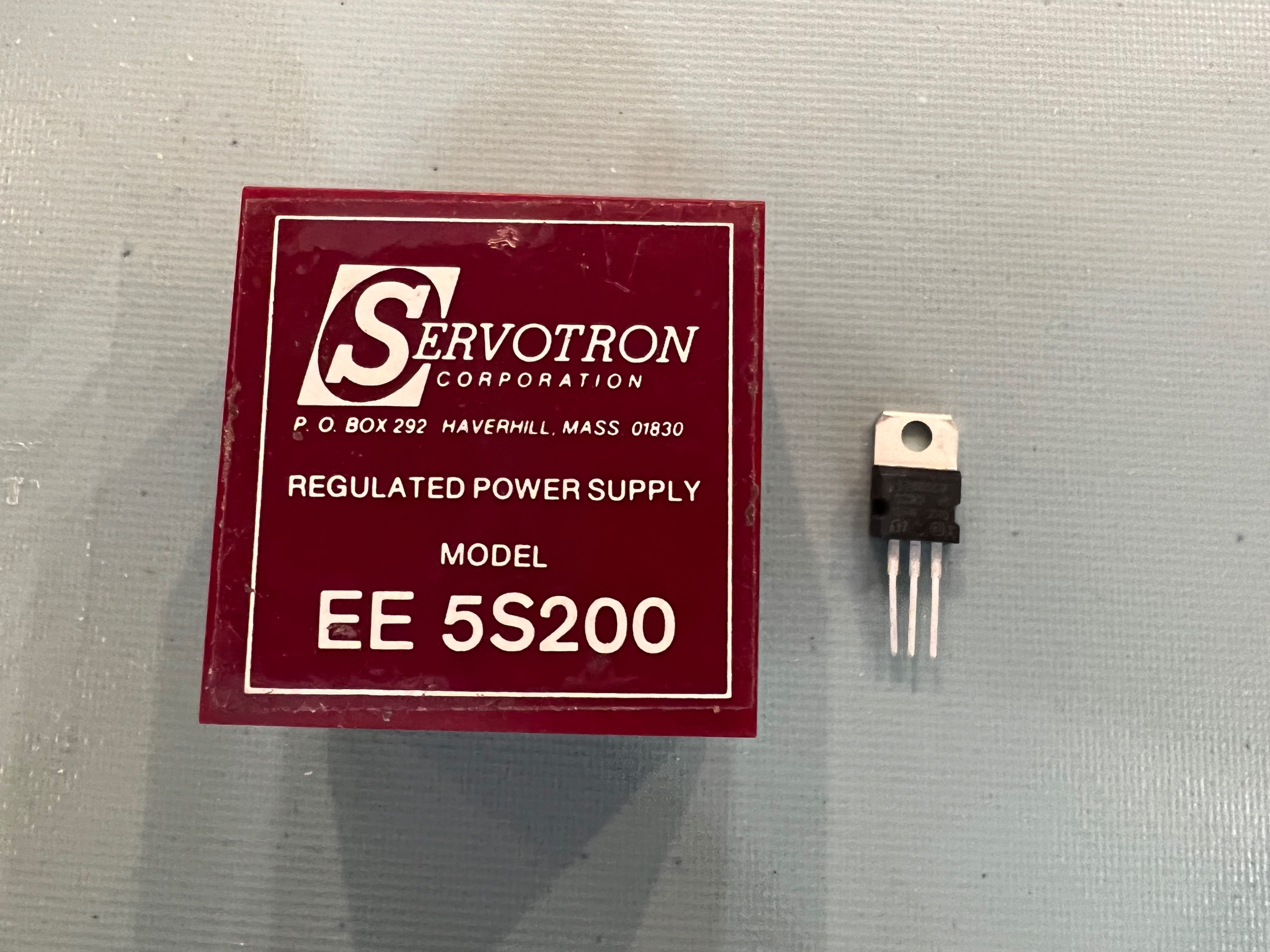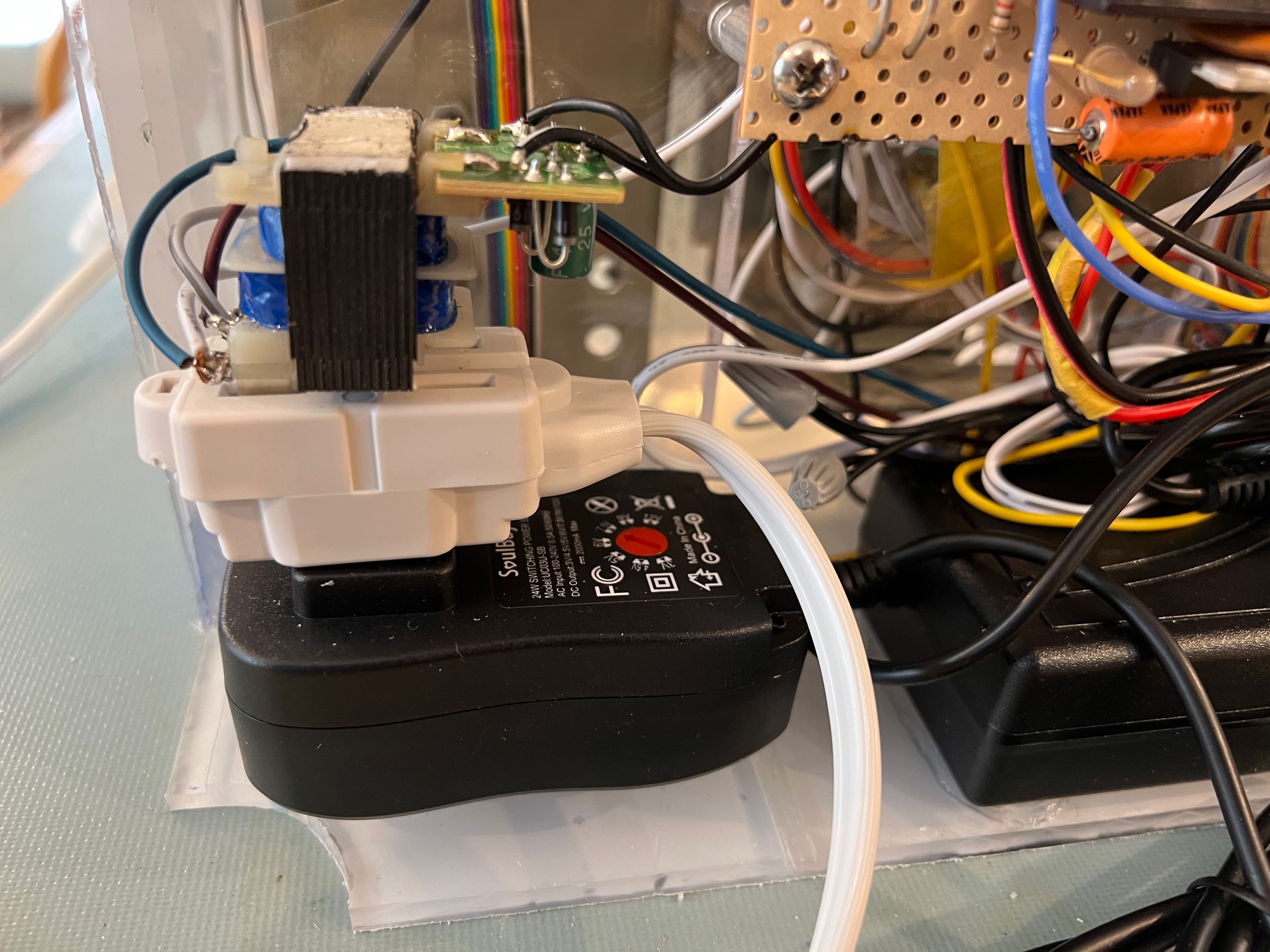
As I mentioned, I was not skilled in power supply design in 1974. I am still no expert, but I have acquired some familiarity with them over my career. Back then, one needed to understand transformers and bridge rectifiers and capacitors. They were simple, but limited.
Think of your basic plug-in wall charger. A few years ago, they were made of a dense and bulky transformer, diodes, and a capacitor, the smallest components that the designer could find to meet the power requirement. They were not terribly efficient and could only provide a few watts.
Today your cell phone and computer chargers can deliver hundreds of watts but are smaller and lighter weight than those old “wall warts”. They are the beneficiaries of new power supply technology that uses high frequency internal circuits to replace the old iron cores of the 50-60-cycle transformers.
I could now replace my old 24V center-tapped transformer-based power supply with a modern “AC to DC converter” that could provide more power at higher efficiency than was possible back then.
I needed some more voltages: 12V and 5V. The old supply took the “center tap” of the (24V) transformer to provide 12 volts for those relays that needed it. The 5V for the logic circuit that generated the one-second pulse was obtained by a crude arrangement of diodes and resistors powered from the 12V line. I’m amazed it worked.
But that was what was available back then: diodes and resistors. Today it is trivial to generate stable power supplies by using the ubiquitous 78xx series of voltage regulators, a component that has three pins: voltage-in, ground, and voltage-out. These breakthrough parts were first manufactured in the early 1970s, a time when “integrated circuits” had recently been invented and were being applied to an ever-increasing number of applications. In this case, elaborate voltage regulation circuitry that had previously required dozens of discrete components were now implemented by microscopic semiconductor junctions contained on a single “chip”. At the time I built this clock, regulator chips were becoming available, but I did not yet know about them.
Today (and for the last 40+ years), I use the 7805 to provide a +5 volt supply, and a 7812 to generate +12 volts. This will be part of my power supply renovation.

previous | The Relay Clock Restoration Project | next
